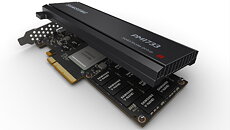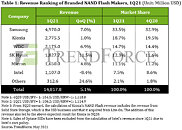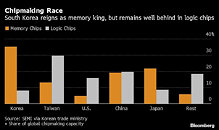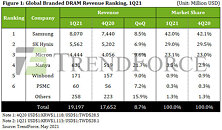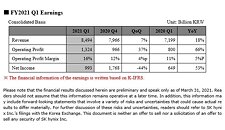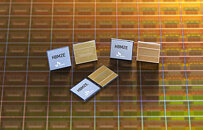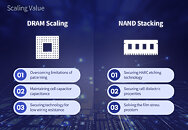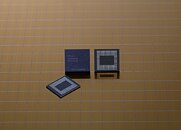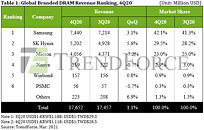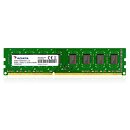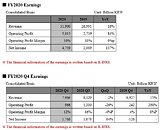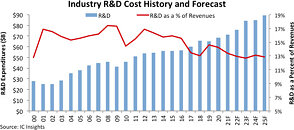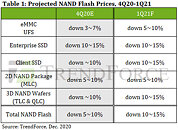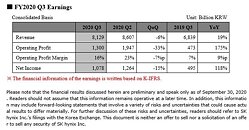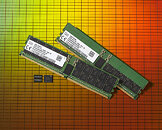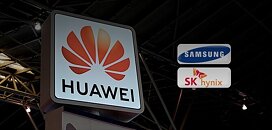
SK Hynix Admits that a Batch of its DRAM Wafers is Defective, Downplays Scale of the Problem
Korean DRAM and NAND flash giant, SK Hynix, admitted that a rather big batch of its DRAM wafers is defective and in circulation. The size of this defective batch is rumored to be 240,000 wafers according to a Yonhap report, although the company downplays the scale of the problem citing its monthly production output of 1.8 million wafers.
The company said that it is working with its customers who received these wafers, for recall and replacement. "We're currently talking to a limited number of customers affected by this to address the issue. While it's too early to estimate the potential losses, we don't think they would be that significant as the defect is within the range of typical quality issue check." Besides this, the company is battling rumors surrounding the scale of defective DRAM wafers by the company, in circulation. "The scale of the potential losses mentioned in the rumor is absolutely not true and exaggerated," the company said, in a statement to The Register.
The company said that it is working with its customers who received these wafers, for recall and replacement. "We're currently talking to a limited number of customers affected by this to address the issue. While it's too early to estimate the potential losses, we don't think they would be that significant as the defect is within the range of typical quality issue check." Besides this, the company is battling rumors surrounding the scale of defective DRAM wafers by the company, in circulation. "The scale of the potential losses mentioned in the rumor is absolutely not true and exaggerated," the company said, in a statement to The Register.

